Delighting the Senses in Kuwana City with Rokkaen and Hamaguri Clams
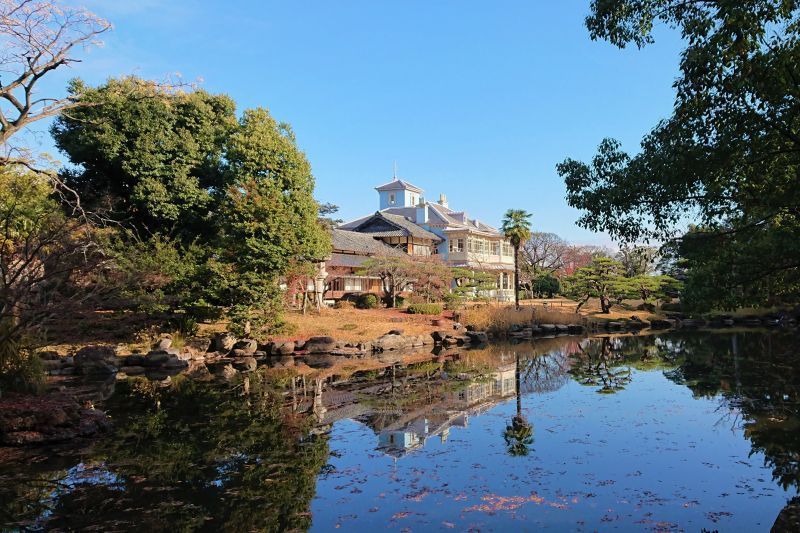
I’d stopped at Kuwana Station many times in the past. A few times for work, usually to change trains though, and I had no idea what I was missing by just scooting through. After spending a day running around the quiet town, I started to wonder what sights could be hiding just out of view at all the stations I fly by on a daily basis. While Mie Prefecture is full of gorgeous, historical, and delicious treasures that are off the beaten path, my time in Kuwana helped rekindled the fires of my Japanese wanderlust.
-Author's Introduction
My otaku side brought me to Nagoya, Japan in 2012, but I stayed for the food, countryside towns, and gorgeous mountain scenery. I was born and raised on the east coast of the US, but I dare say I never grew up. I never shut up about Japan.
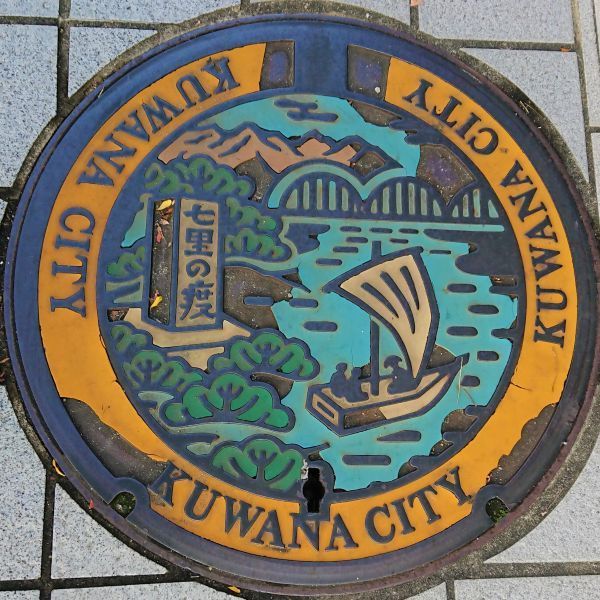
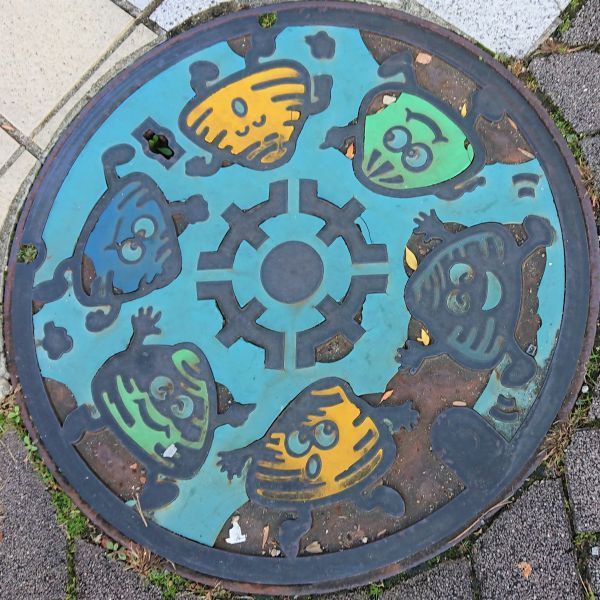
Caption: The hamaguri clams frolick carefree through the town.
I got to Kuwana bright and early, just when most people were leaving town to go to work or school. Nowadays, it seems like Kuwana is mainly a suburb of Nagoya. So I pushed the opposite direction through the rush and made my way across the sleepy town.
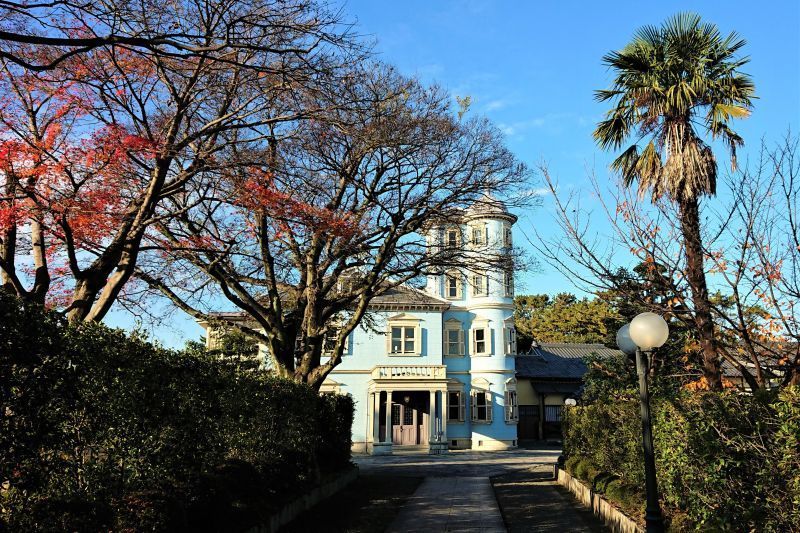
A bit outside the built-up area around Kuwana Station, there’s a nice residential area beside the Ibigawa River. It was so peaceful in the morning, with small neighborhood parks here and there, and a number of temples and shrines. It was easy to get distracted, but I was also pretty excited about getting to my destination.
Rokkaen was built in 1913 for the Moroto family by a British architect named Josiah Conder. Like many building projects during the Meiji Era (1868-1912), it is heavily influenced by western architectural styles. But by no means is it a typical building, even for that era.
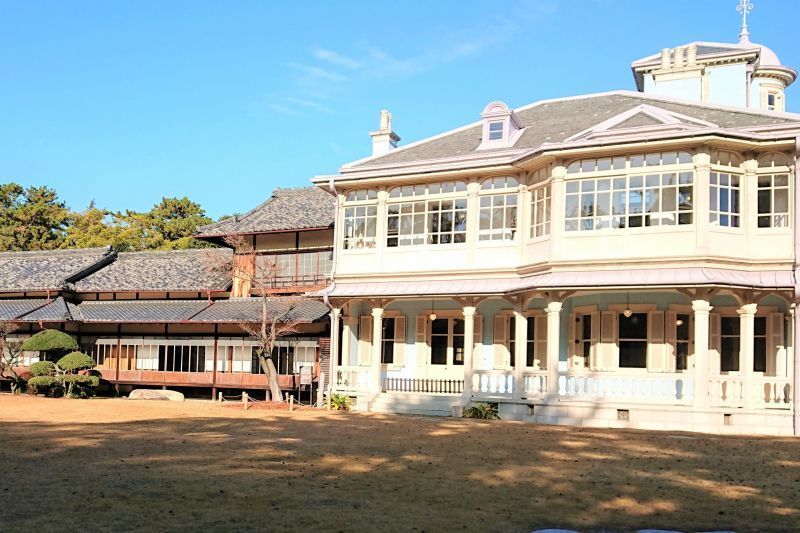
Caption: I wouldn’t quite call it “Asian Fusion”. It’s more like eating equal portions of pizza and sushi for a meal--which sounds great to me.
As you can see, the building is both western and traditional Japanese, with a stark contrast. As you enter through the very Japanese wooden gatehouse, the path leads you to the front of the western half. Carpeting, chandeliers, winding staircases and high ceilings remind you this is a place of European, refined taste.
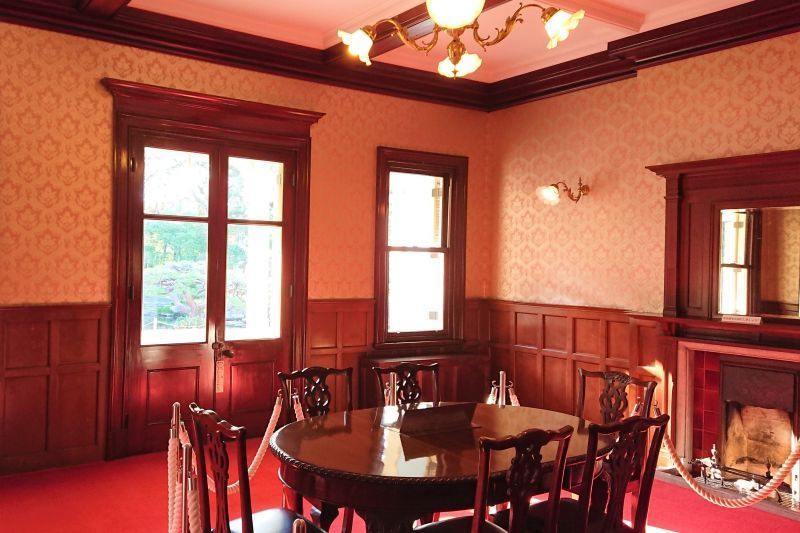
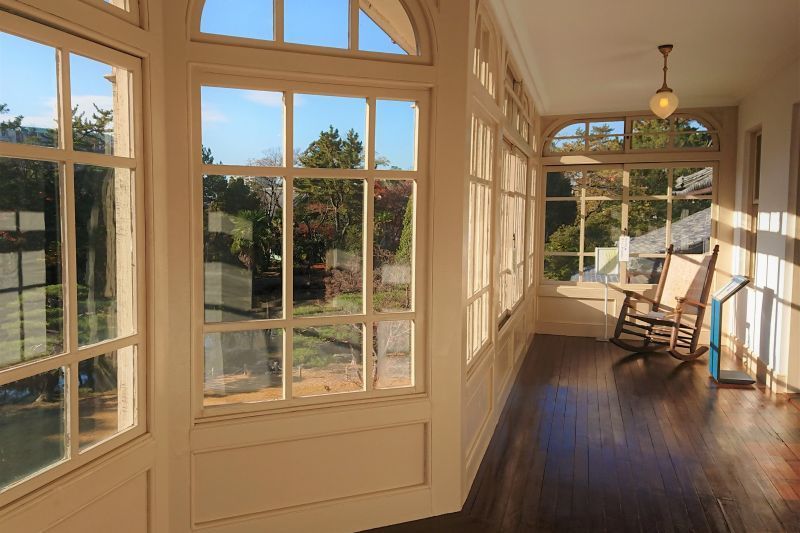
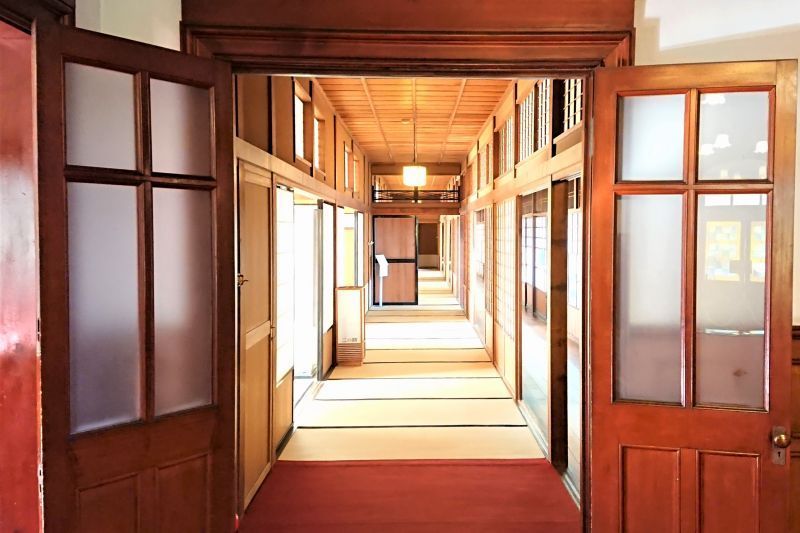
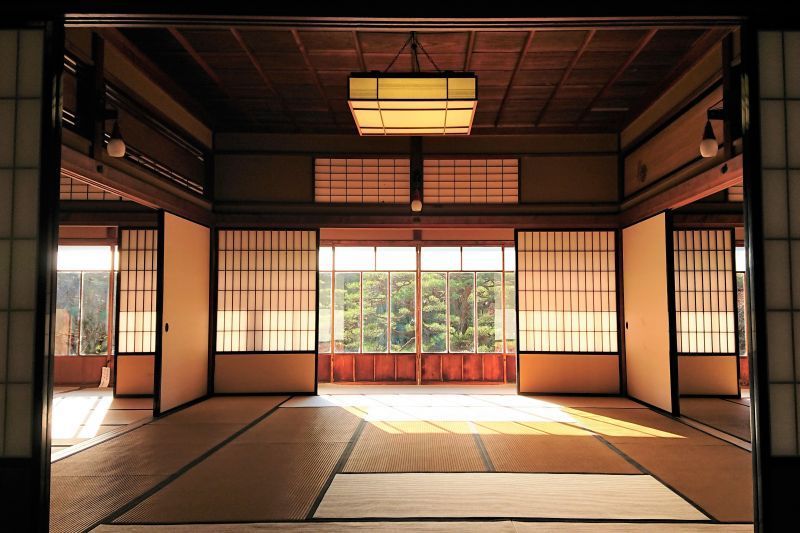
Just like that, you’re back in the serenity of good ol’ Nippon.
The 4-storey tower in the western portion of the building was made specifically to show guests a good view of the blooming cherry blossoms by the river. Unfortunately, the stairs leading up to it aren’t safe anymore, so it’s closed to the public. The rest of the rooms have lots of big windows, to show off the gardens on one side, and the courtyard on the other.
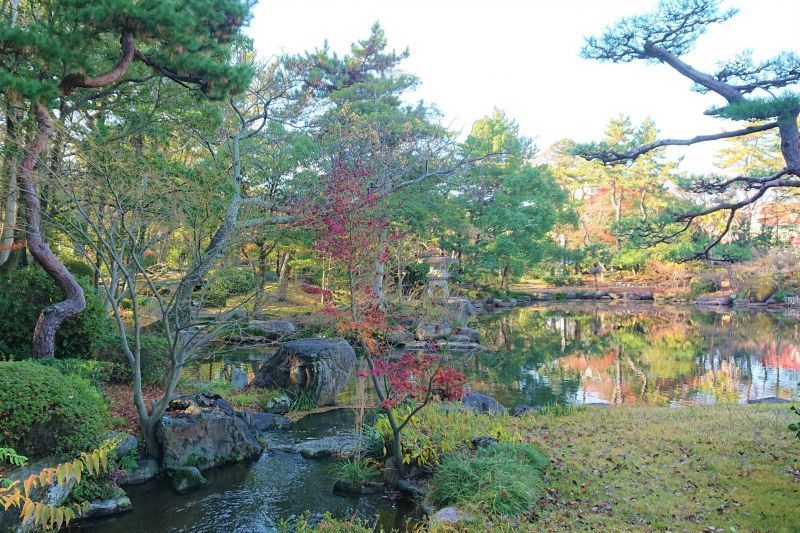
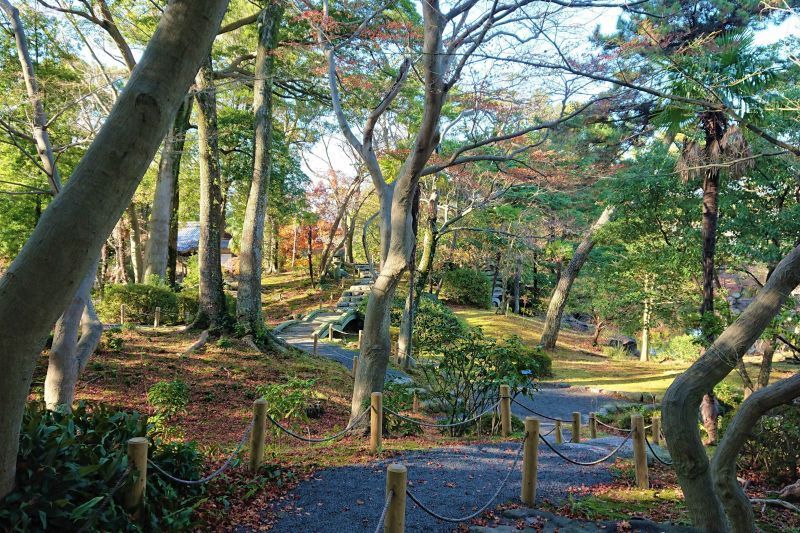
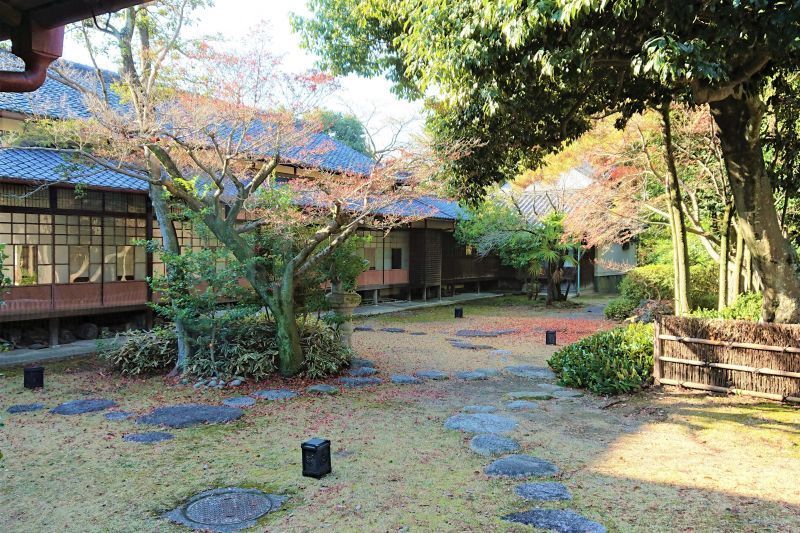
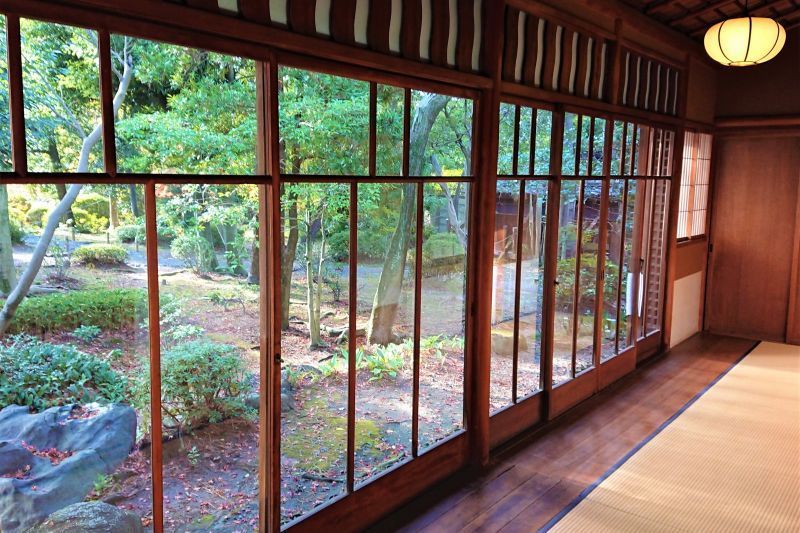
Caption: Here we are in a hanareya. See the wavy slats at the top of the windows? Those could be tilted to allow more or less airflow into the hut while keeping the doors closed, which was a pretty rare and classy feature back in the day.
With such a huge variety of rooms, plenty of space, and gorgeous, well-kept grounds, it’s no surprise that Rokkaen is popular as a filming location for movies and TV dramas, especially Korean ones, according to the staff.
While you’re in the area, be sure to head just next door to the older Moroto Garden. It’s only open from mid-April to June, and then from mid-October to November. Also keep in mind that if you can swing a visit to Kuwana during cherry blossom season or fall, these gardens are sure to be twice as colorful.
Mentally exhausted from talking history and architecture in Japanese during my tour around Rokkaen, it was time to relax and warm up with some satisfying local cuisine. When in Kuwana, only one thing will do.
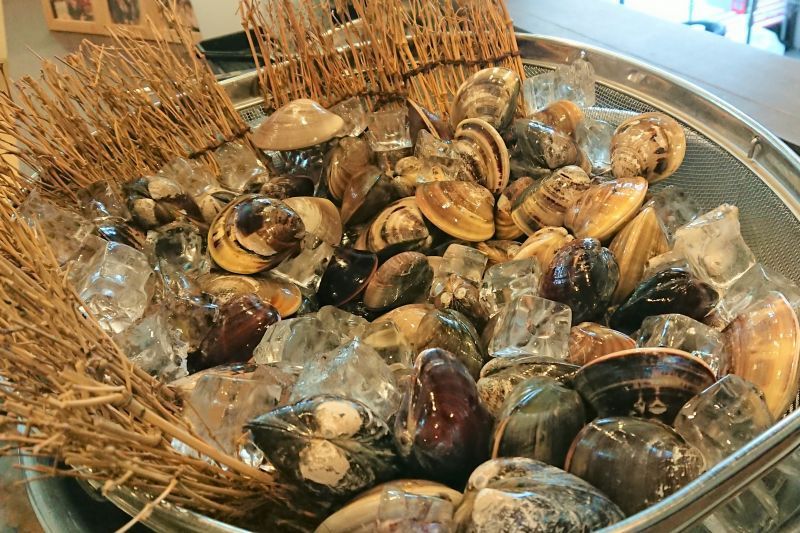
Caption: That’s right ladies and gentlemen, it’s hamaguri clam time. *hamaguri clam alarm sounds*
For hundreds of years, Kuwana has had a reputation for great hamaguri clams, harvested from the Ise Bay. Travelers would often cross the bay from Nagoya to Kuwana, rather than make the long trip around by land. They knew they had a great night ahead of them, with plentiful lodging and delicious clams ready for them when they reached the other side. I knew of this reputation, but I really didn’t know what to expect of the food. So I jumped in head first with the “Full Course Set”. Maximum clam time.
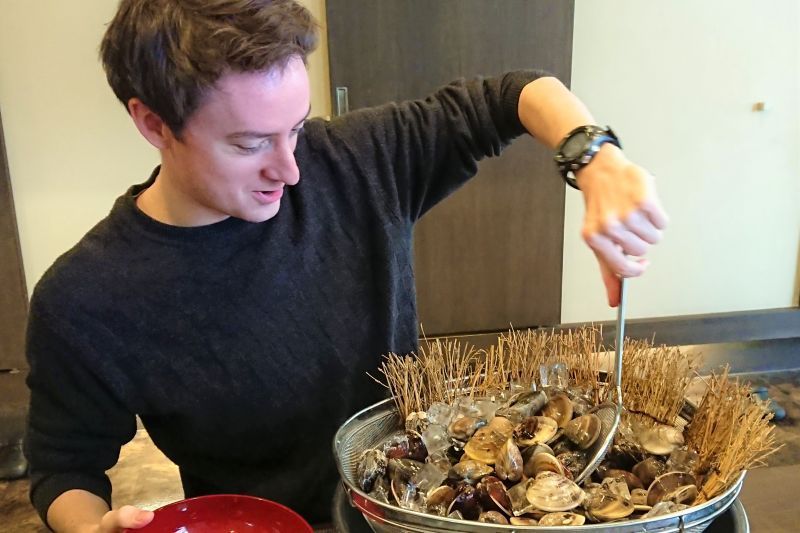
Caption: Here we see me, totally unsure of which hamaguri clams look tastiest.
The staff presented me with a variety of clam-scooping tools and I sheepishly asked which one was best for clam-scoopery. They all agreed on one of the tools, leaving me wondering as to why there were so many others. Anyway, I slapped a whole ton of them into a bowl and they cooked em up for me in an exquisite variety of dishes.
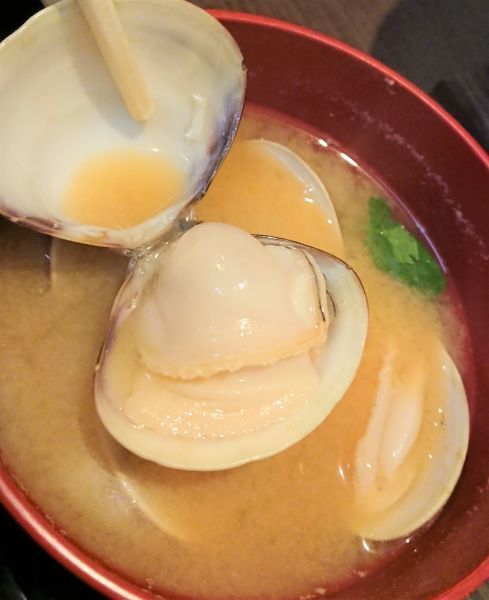
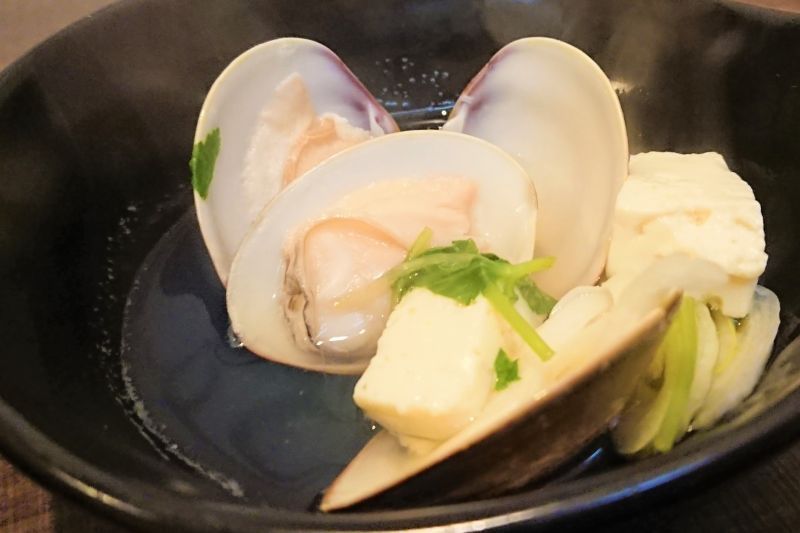
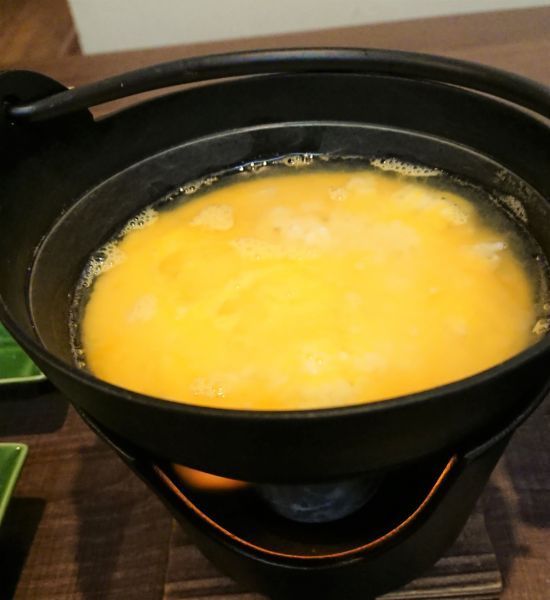
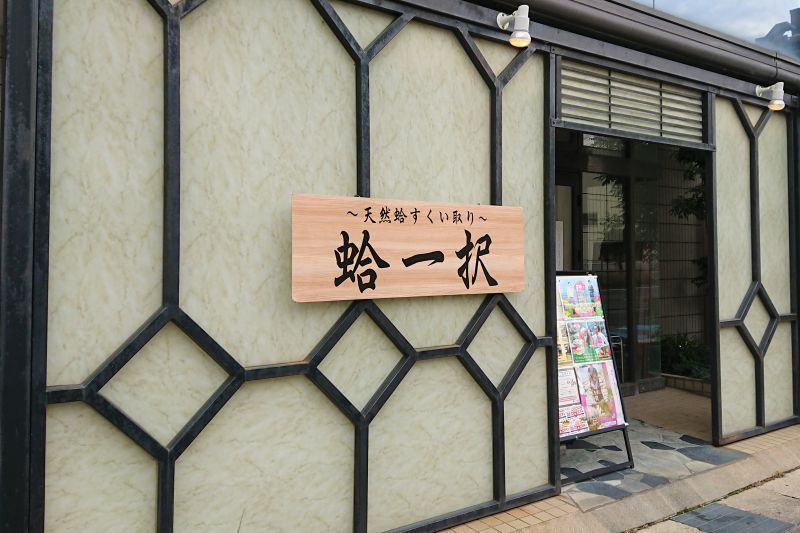
If you’re in Nagoya, Kuwana City is very close and very worth checking out. You can also stop there for a bit on your way to Kansai from Nagoya. Getting to Kuwana City from Nagoya is really easy. You can take the JR Kansai Line or the Kintetsu Nagoya Line from Nagoya Station. 15 minutes by express train, 30 minutes via local.
Rokkaen
Click here for access information:
http://kanko.city.kuwana.mie.jp/t-en/machi/rokkaen/index.html
Hamaguri Ittaku
5 minutes on foot from Kuwana Station
Click for more details: